Skip the bottled dressing and make a fresh-tasting basic vinaigrette in minutes with just oil, vinegar, salt, and pepper from your pantry. By using your own high-quality ingredients you can make the best salad dressing you have ever tasted.
Making your own small batch, homemade, salad dressing instead of store-bought salad dressing will also save you money and give you more variety without locking you into eating the same dressing time after time.

Best of all, you can customize a vinaigrette to be sweet or savory and serve it over cold salads and warm vegetables.
Jump to:
- What Is a Vinaigrette?
- Why This Recipe Works
- Why We Love Homemade Vinaigrette
- How to Make a Vinaigrette
- Ingredients of a Basic Vinaigrette
- Step-by-Step Instructions for the Basic Recipe
- Popular Ingredients to Customize a Vinaigrette:
- Ways to Use Vinaigrette
- My Top Tip
- Substitutions & Variations
- Vinaigrette Recipes Chart
- Equipment
- Make-Ahead & Storage
- Delicious Salads with Vinaigrettes
- 📖 Recipe
- 💬 Comments
What Is a Vinaigrette?
Vinaigrette is a simple oil and vinegar dressing that is a mixture of oil, vinegar, and seasonings. The mixture is a stable emulsion or a suspension and the classic ratio of oil to vinegar is 3 parts oil to 1 part vinegar. A vinaigrette is used to dress salads, vegetables, and fruits and can also be used as a marinade.
Vinaigrettes are frequently made with a flavorful extra virgin olive oil or neutral-flavored oils such as safflower, grape seed, sunflower, canola, and corn oil. But they can also contain a smaller amount of oils that contribute to the taste of the dressing like peanut oil, walnut oil, and other flavorful nut oils.

Prepared mustard, and especially Dijon mustard, is a frequent addition to vinaigrette to add flavor and to emulsify and stabilize the mixture to keep it from separating. Other emulsifiers found in vinaigrette recipes are egg yolk, honey, tomato paste, and mayonnaise. Lecithin is commonly used in commercial products.
Why This Recipe Works
You know the saying "oil and water do not mix". So, making a vinaigrette dressing is somewhat of a magic act. The goal is to make a silky dressing that clings to each lettuce leaf and does not separate and puddle up in the bottom of the bowl. So, you need to get slippery oil and watery vinegar to mix and not separate.
With skill and the right timing, this is done with just the right proportions of only oil to vinegar. But there are a couple of tricks you can use to secure success each and every time.
Adding an ingredient that works as an emulsifier is one. This is why many recipes include Dijon mustard, honey, and/or egg which help the dressing to blend and stay blended.
The other trick is a mechanical one, which is to make the oil and vinegar into the smallest droplets, so that they blend and hold together as an emulsion.
You can whisk it hard by hand or whirl it in a blender or food processor... or go super simple and shake it in a jar.
So, let's cook!
Why We Love Homemade Vinaigrette
- Makes Up Quickly
- Make it Fresh When Needed
- Saves Money
- No Preservatives or "Additives"
- Easily Customize it to Your Taste
- Can Be Used On More Dishes Than Just Salads
How to Make a Vinaigrette
Assemble all ingredients and prepare them by measuring the liquids and seasonings and chopping the aromatics and herbs.
Next, you will need to make an emulsion from the ingredients by using one of the following methods:
Whisk It (good!)
Vigorously whisk all of the ingredients except the oil in a bowl. While continuing to whisk, slowly stream in the oil until all of the ingredients are well combined and an emulsion is formed.
Blend It (up!)
Place all of the ingredients in a blender or food processor and give them a whirl or pulse until the emulsion forms.
Shake it (off!)
Place all of the ingredients in a jar with a lid and shake, shake, shake... shake your dressing, until an emulsion forms.
Ingredients of a Basic Vinaigrette

Here's what you need to make a simple, basic Vinaigrette:
- Salad Oil - Neutral oils will let the vinegar and additional ingredients shine, while a flavored oil like peanut or walnut will be the star. You can also consider the weight of the oil and choose a heavier oil like grapeseed oil to make a thicker more luxurious vinaigrette.
- Vinegar - All types of vinegar are well-suited, white, apple cider, rice wine, sherry, and balsamic are commonly used examples. But citrus juice can also be used since it is acidic.
- Salt - Salt will enhance the flavor of the dressing. I always use the basic table salt in the round blue box with the little girl on the label. It gives me a consistent measurement with the right amount of saltiness.
- Pepper - Generally, this is black pepper. But any type, white, green, pink, or red can be used, and as always, freshly ground is best.
Please see the recipe card for the exact quantities.
Step-by-Step Instructions for the Basic Recipe

Measure and Add. Measure and add all ingredients to a small bowl, jar, or food processor.

Combine. Whisk, shake, or pulse until all is well blended.

Serve and Enjoy. Serve immediately or store in a jar with a lid in the refrigerator.
Popular Ingredients to Customize a Vinaigrette:
- Dijon Mustard - Mustard, specifically Dijon mustard adds another layer of flavor and spiciness to a vinaigrette. But it is also an emulsifier that is often added simply to hold the emulsion together.
- Honey - Honey will do two things for a vinaigrette. It will sweeten it and smooth the flavor and it will also act as an emulsifier and help the emulsion hold together.
- Aromatics - Garlic, Shallots, Onions, Peppers, and Lemongrass are all examples of aromatics that could be used.
- Herbs & Spices - Herbs like basil, tarragon, oregano, rosemary, chives, parsley, and thyme are often used in dressings. Spices like ground cumin, fennel, and coriander will add warmth.
Ways to Use Vinaigrette
- On Your Favorite Green Salad
- With Cold or Warm Vegetables
- On Pasta Salad
- On a Caprese Salad
- Drizzle on a Sandwich
- As a Marinade for Meats
- Drizzled Over Seafood
- Over Fruit
My Top Tip
♡ Vinaigrettes that contain sour cream or mayonnaise require vigorous blending and will combine best if you use a mini food processor, small blender, or hand mixer like the BonJour.
Substitutions & Variations
- Creamy and Stable. Add mayonnaise.
- Sweeter and Stable. Add honey.
- Savory and Stable. Add prepared mustard.
- Aromatic and Savory. Add onions, garlic, shallots, and or herbs.
- Citrus Flavored. Add citrus juice like lemon, lime, yuzu, grapefruit, or orange.
- Use Different Vinegars. For a simple changeup, use a vinegar that is infused or simply made from ingredients that are sweeter or more savory. Some good choices are rice vinegar, white balsamic vinegar, red wine vinegar, aged sherry vinegar, and apple cider vinegar.

Vinaigrette Recipes Chart

On this Vinaigrette Recipes Chart, you can see that each variation begins with the basic version. It is apparent the French version closely resembles the mustard one but also includes lemon juice and minced shallots.

Equipment

Instead of shaking your vinaigrette in a small jar you can also pulse it in a mini food processor, mix it with a hand mixer made for salad dressings (BonJour mixer), mix and shake it in a cruet that is also fitted with a citrus juicer and strainer (Kitchendao shaker), or whisk it in a bowl. There are lots of options!
Make-Ahead & Storage
You can make a basic vinaigrette just before you dress your salad. However, if you add aromatics or herbs you should make it at least a few hours before serving to allow the ingredients to bloom and marry.
Homemade vinaigrettes will keep in an airtight container in the refrigerator for up to 10 days.
If the oil solidifies after being chilled, allow the vinaigrette to come to room temperature or gently warm it in the microwave. Then shake the jar of vinaigrette vigorously until the ingredients are well combined again.

Delicious Salads with Vinaigrettes
♡ Did you love this Basic Vinaigrette? Please leave us a star rating and a comment below!
📖 Recipe

Basic Vinaigrette Plus 4 Variations
Ingredients
- 6 Tablespoons Cooking Oil
- 2 Tablespoons Vinegar
- ⅛ Teaspoon Salt
- Freshly Ground Black Pepper, To Taste
Instructions
- Measure and Add. Measure and add all ingredients to a small bowl, jar, or food processor.6 Tablespoons Cooking Oil, 2 Tablespoons Vinegar, ⅛ Teaspoon Salt, Freshly Ground Black Pepper
- Combine. Whisk, shake, or pulse until all is well blended.
- Serve and Enjoy. Serve immediately or store in a jar with a lid in the refrigerator.
Notes
Nutrition
Per 1 serving. All nutritional information on this site is an estimate. Your results may vary.






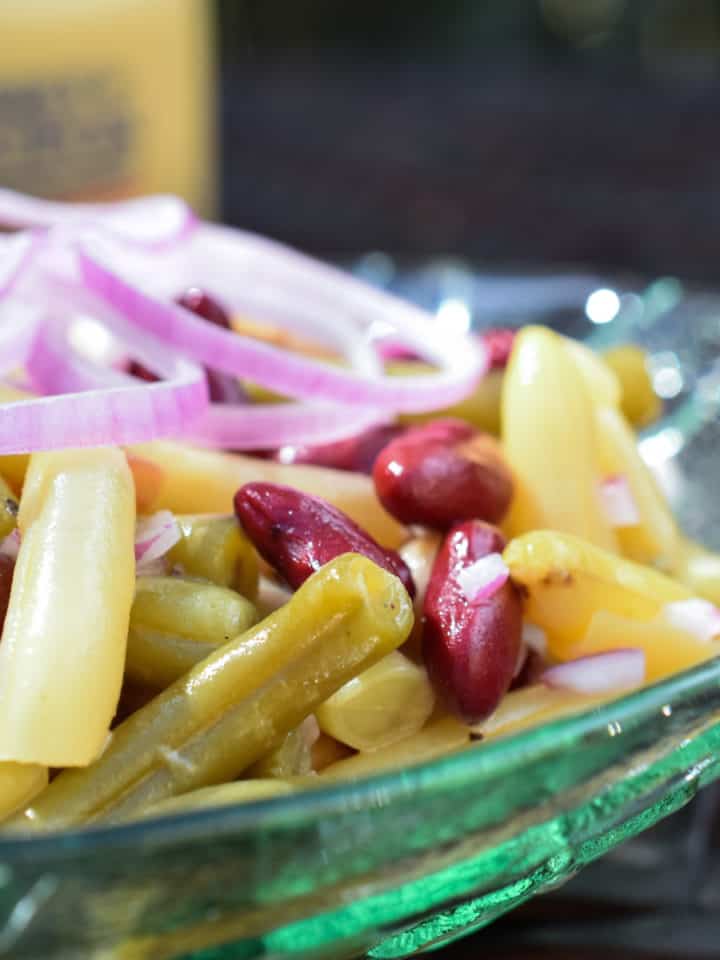
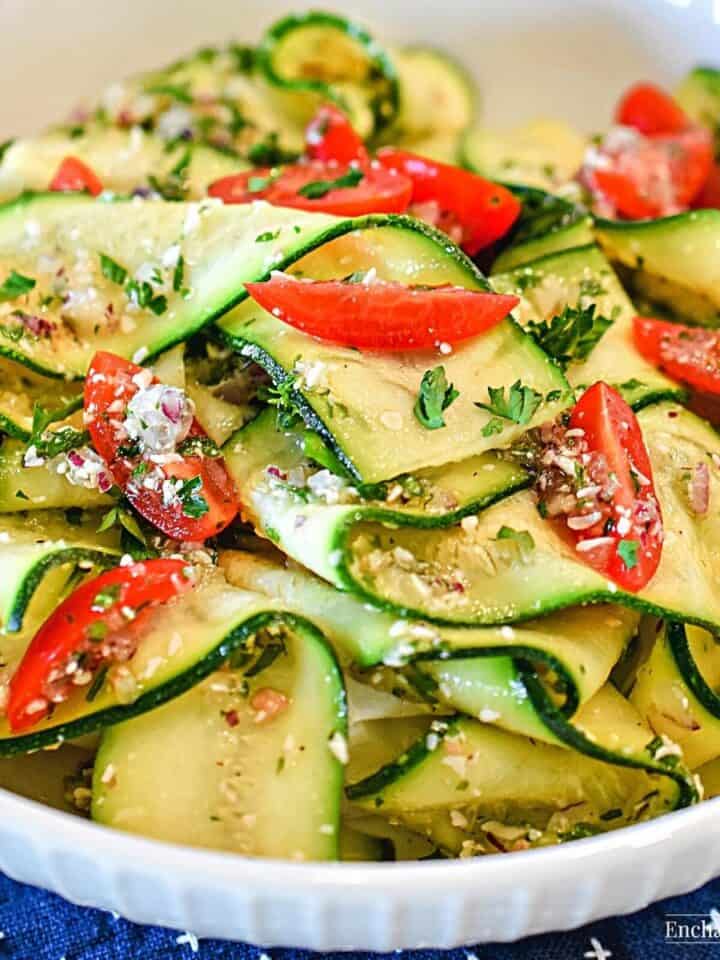
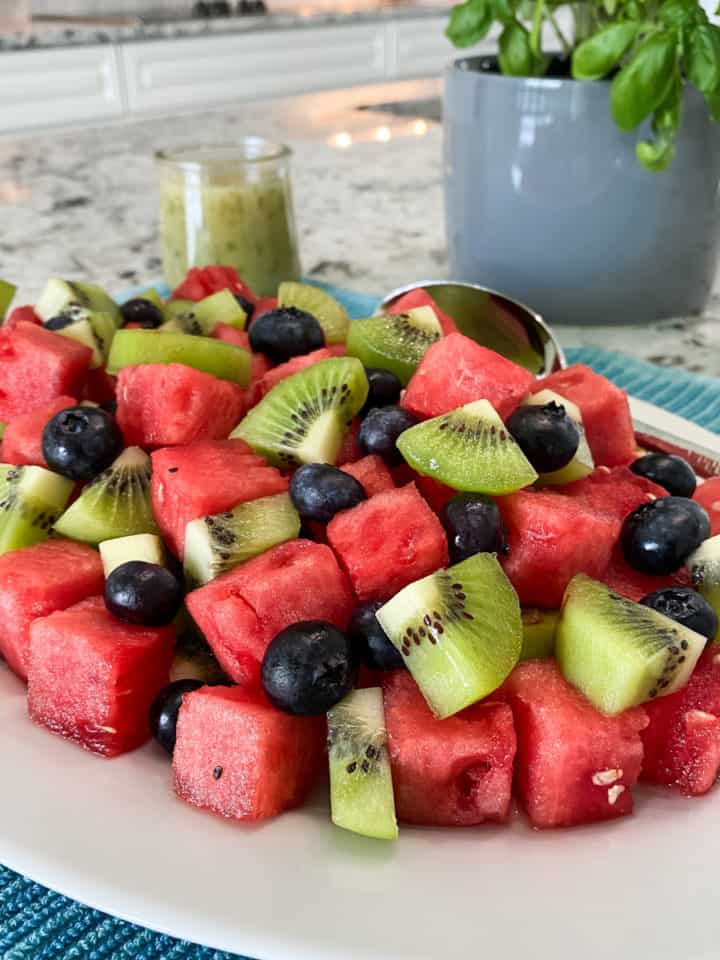
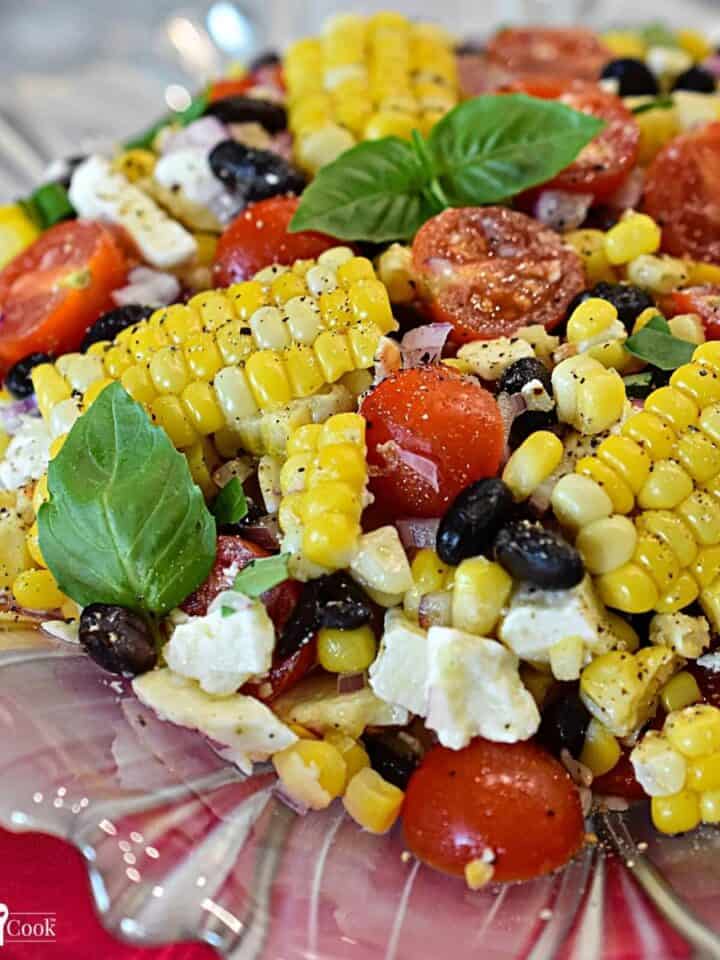
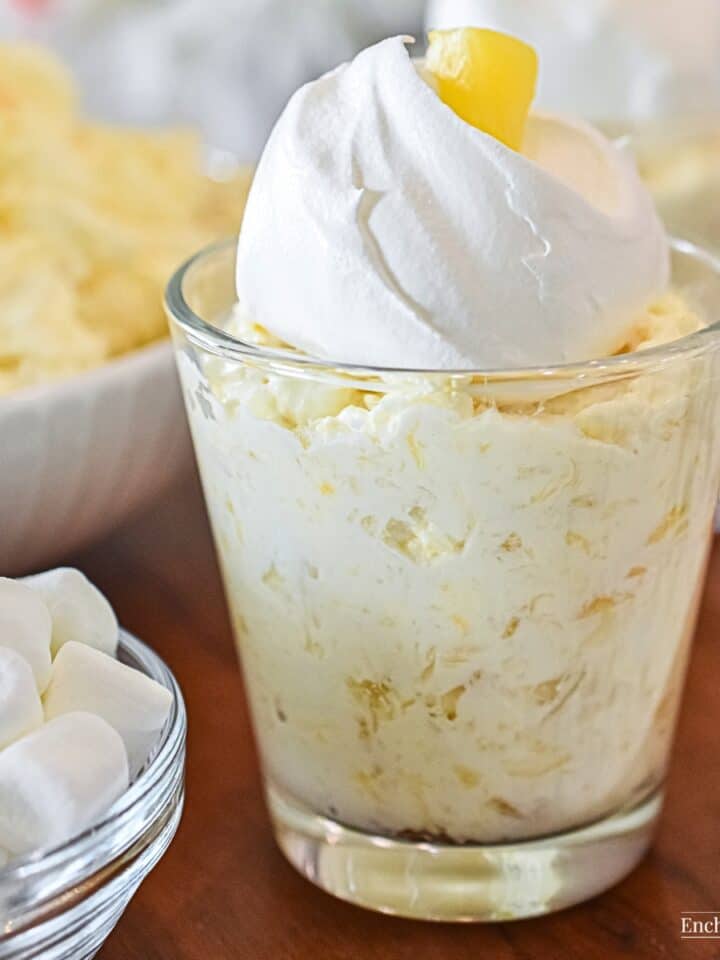
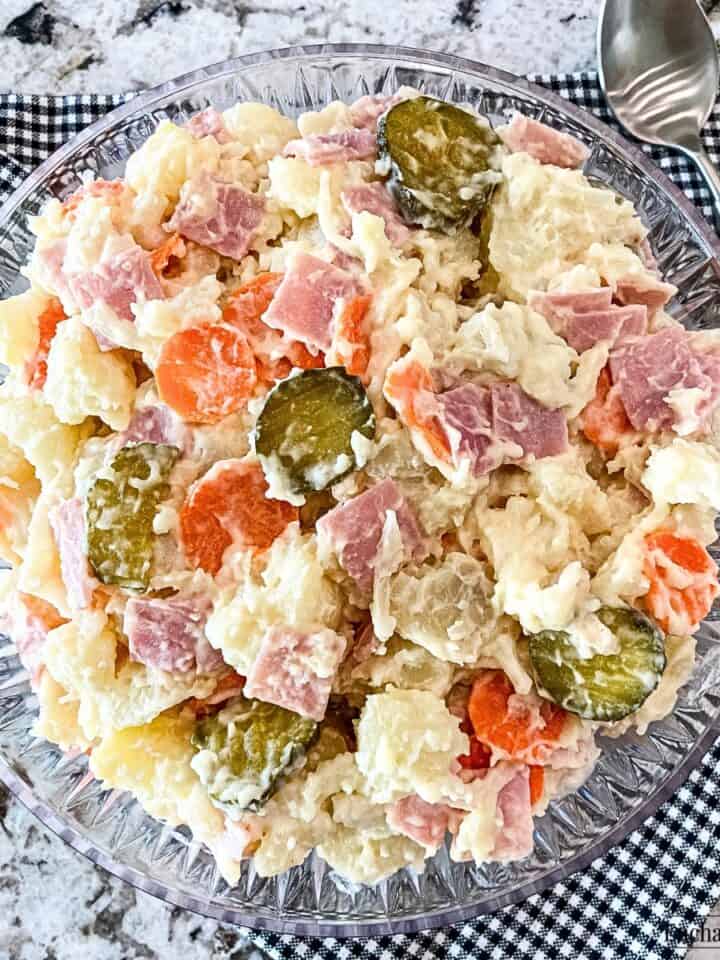
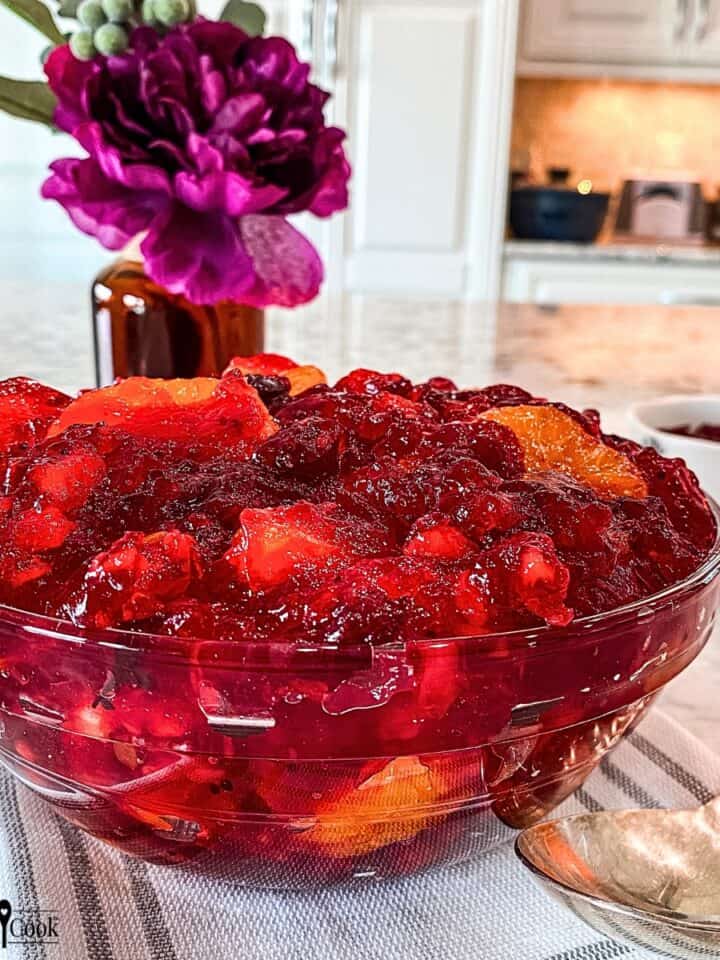
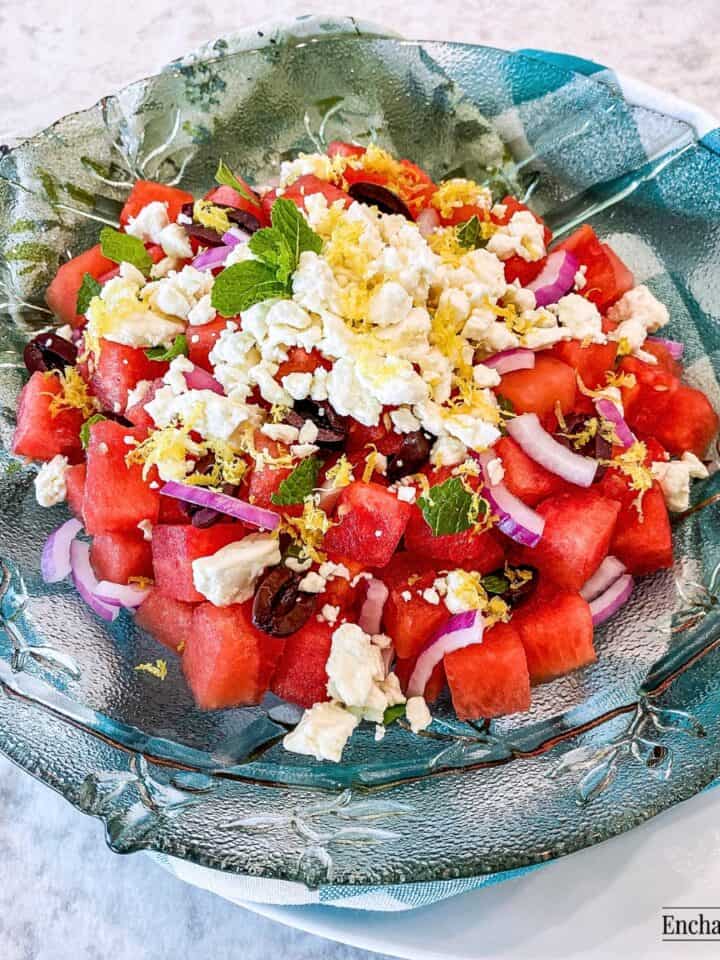
Comments
No Comments